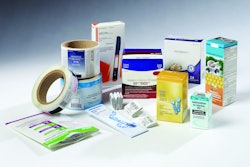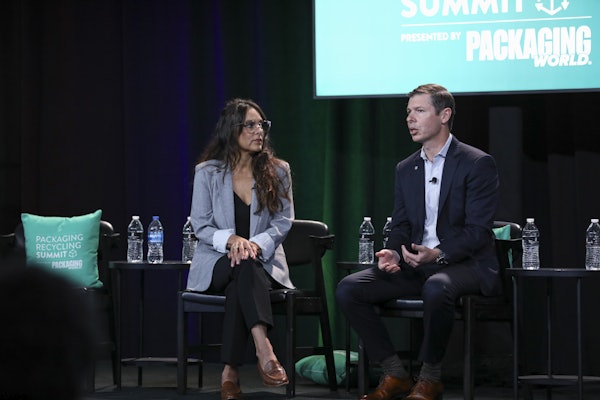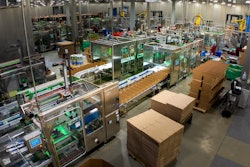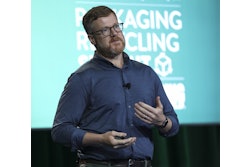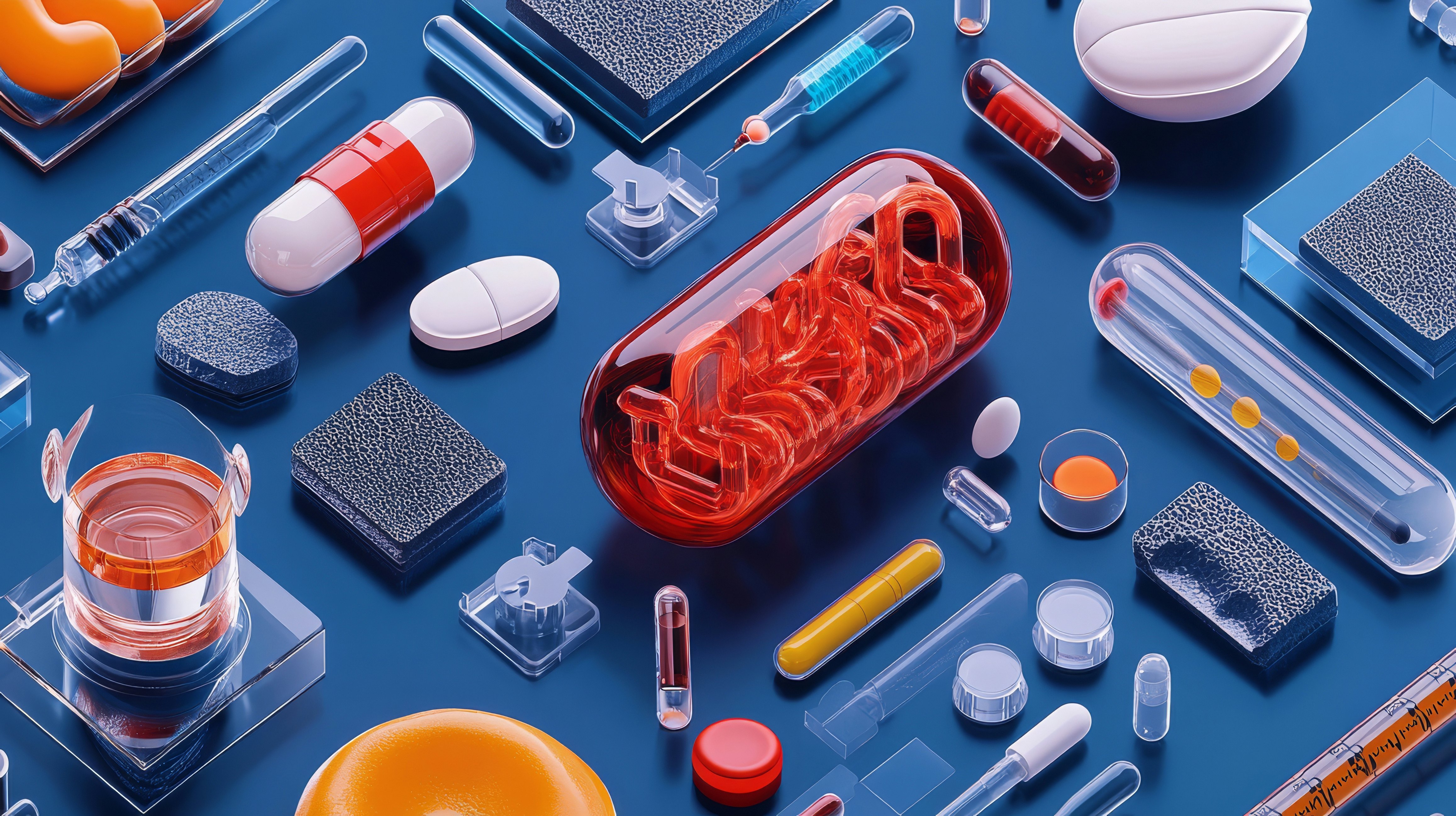As Einstein wisely said, “If you always do what you always did, you always get what you always got.” This is especially true with package design, where traditional methods of post-design consumer testing are stifling innovation and slowing product speed to market. In today’s world, where consumers are demanding newer and richer experiences from retail brands, understanding their needs and delivering better packaging more quickly is essential.
In this Q&A article, Scott Jost, Vice President of Innovation and Design for Studio One Eleven, Berlin Packaging’s design arm, talks about new methods of predesign consumer research that get to the heart of consumer needs, for packaging that meets and exceeds their expectations.
Packaging World:
How have CPGs and design firms traditionally vetted new packaging designs with consumers?
Scott Jost:
When I started in this business over 20 years ago, most of the agencies selling packaging design services were built by people who had left ad agencies, or were themselves offshoots. It was a cottage industry full of folks who would create a sketch of a package, hand-illustrate a front view of that package, and deliver that illustration as the engagement’s primary deliverable. That’s how we would present our work, which is not a coincidence, given that it is the same way an ad agency would have presented an ad proposal—a crude conceptual rallying point that brand owners and their consumers could view and react to. It offered no way to gauge the proposed package’s functionality, how it would feel in the hand, or even how it looks in anything other than a flattened view of the primary display panel. Prototypes were handcrafted and so expensive that they were only employed late in the validation process—if at all.
Assembled on one side of a one-way mirror and filled with donuts and coffee, consumers were asked to assume the role of beauty contest judge or art critic to pick their “favorite” illustration board from among those that had been chosen by brand stewards based upon their reactions.
Today, most of us have moved on to better visualization techniques and to implementing 3D prototypes earlier in the process as a way to check hand feel and functionality during the design process, as opposed to a disaster check after the process is completed. But the methods we’ve evolved from speak to why there are still some pervasive mentalities about how and when consumer validation is done, and why there is misplaced emphasis on post-design validation versus predesign opportunity analysis.
Why is this strategy flawed? What is the end result of such a process?
It presumes from the beginning that you’re just synthesizing the notion of what a package ought to look like or ought to do in the abstract. You as the creative are coming into the engagement with a point of view, perhaps from experience, that packaging within a given category has a knowable visual vernacular that explains why it looks the way that it does. Focusing on presentation board-ready deliverables fails to take into account how people use those products, how people shop for those products, the features they assign value to, who the competitors are, and the category dynamics. Of course, if you’re waiting until after you’ve created something to engage the people you’re creating for, you’re not a designer, you’re an artist.
To extend the artist metaphor, consumers who in day-to-day life might not spend much time thinking about mustard packaging, for example, are all of a sudden being asked to provide a sort of high-level critique of the stimuli being offered—or at least that’s the way it’s approached by most consumers. Part of what we strive to do in designing compelling packaging is to bring attention to products that consumers aren’t paying attention to, in order to generate attention and consideration for items that would otherwise not get it. In a focus group, we’re forcing a captive audience to devote all of their attention to something that might be ignored in situ.
Everything about the exercise is false in premise, so you end up with a result that is sort of the least bad option from among a discrete series of options that people are told they have to pick from. It’s just a bad way to go to market. First of all, it’s focused on trial and trial alone. In other words, the only information you’re getting from folks as they look at this shelf view of the package is whether or not they would buy it relative to the other shelf views of other packaging-like objects they’re looking at. In a perfect world, even if this method could determine which package the consumer would buy, it would only tell you which one from among those they were asked to consider. It wouldn’t begin to address the more important questions of which product consumers would recall or would choose to buy again.
What market drivers have necessitated new ways of researching package design?
Firstly, people are simply more demanding. We can’t rely on adding a label violator or updating color schemes to excite consumers. We have to give them new, richer experiences, and better experiences come from observing and understanding how people interact with products. In general, consumers are bored with what we’ve been giving them. Accenture did a study a few years ago called “Consumer Attitudes Toward Innovation.” Across all but one of the consumer product categories tested, the study showed that one-third of all consumers polled felt that products today have “nothing new” about them. Three quarters of those people said they didn’t expect any new and meaningful innovation over the next five-year period. The one category exception was consumer electronics.
Consumers are effectively saying, “I have these great experiences in category X where new models and cool features hit the market every six months, why can’t you deliver a new experience in category Y? With an app on my iPhone, which Amazon delivered to me by drone, my Tesla can back itself out of the garage, so why do most of the things I see in the grocery store look and work the same way they have for 30 years?”
Secondly, the development cycle has been greatly compressed. Twenty years ago if a client wanted to launch a custom bottle, it would take 18 to 24 months. By the time you actually put something on a shelf, the landscape you’d originally designed the package for had probably changed. Today, planograms are being reset more frequently and people are switching brands too quickly for us to wait two years to get something on shelf. We have to create greater packaging faster, and we have to develop better aim. That’s what predesign analysis allows you to do.
What are some effective methods of predesign research that help you understand consumer needs around packaging?
Ethnographic research is the gold standard for us—observing folks in situ as they use products. The best way to do ethnographic research is to actually observe people in real settings as opposed to meeting rooms or simulated environments.
It’s amazing that there are still firms that put consumers in a conference room with a box of donuts and a pile of package designs in the hopes that such a situation will yield meaningful insights. Others try to simulate product use environments. We have issues with the notion of creating a fake laundry room complete with randomly stocked cabinets (based on a notion of what the designers think should be in that cabinet) then telling folks, “Behave as if you’re at home in your laundry room. Just do what you would normally do.” Of course they won’t do what they normally do. They don’t have noises in the background, they don’t have a five-year-old tugging at their shirt, they aren’t on a conference call with work and, by the way, it’s not their laundry room!
When we go into a subject’s home, not only do we see how they use the target product, but we can also document the unexpected objects they employ as “workarounds,” such as butter knives in the laundry room to scrape off caked mud, or cut-open milk jugs in the garage to serve as a “cutting cup” while painting. Whenever we see a workaround, we know we have an opportunity to build a better package.
In addition to observing how our target consumers use products, we also try to understand the selection process. I can’t tell you how many stores we’ve been kicked out of in Chicago because we’ve been caught lurking around corners and snapping photos of consumers interacting with packaging at shelf.
Those are the two areas where we make most of our research investments. When it comes to validation, we spend a lot of time creating rapid prototypes or prototypes of white models early in the process and getting those in front of folks to see how they react to the functionality, the scale, and the hand feel. That’s what having prototyping in-house does for you. It allows you to quickly vet hypotheses on-the-fly as opposed to waiting for some major milestone event where you’re paying $6,000 a group and running five or six groups a day through a field location.
When in the process of package design should consumer testing be done? Why?
Respectfully, I think that question implies that the package can being considered independently of the product, which I believe to be a bad premise. In thinking about the development of a product, we should consider how we’re going to deliver the product, how we’re going to use the product, and how people will interact with the package as part of the product itself.
Remember, people aren’t buying “clean hair” or a product they put on their hair to make it clean; they’re buying a brand, and they’re buying into an experience that results in clean hair. The package and the product that facilitate the experience are inseparable.
Who should be involved in predesign testing?
Anyone who is going to be touched by a change to the package is a stakeholder. Your core group early on in the process is going to be the folks who are responsible for getting it into the trade—those who are responsible for the logistics and getting it down a filling line. That’s going to help you box out your degrees of freedom, defining the things you can and can’t do based on immutable constraints. It’s likely that we can’t change the slot we have in Walmart’s planogram, and we can’t change certain things about transportation requirements and so forth.
You try to get the hard points out of the way from the people who can answer those questions at the beginning, then you get into your need state analysis where you’re dealing directly with consumers.
Can you provide an example of a project that Studio One Eleven worked on where predesign testing was used?
Take our award-winning Permatex Fast Orange “Rocker” bottle for example: In response to seeing mechanics with grease-covered hands fumble with fussy closures, we developed the patented Rocker closure. In contrast to the fine motor skill manipulations associated with traditional closures, users of the Rocker can simply tap the bottle on its bottom corner to open the spout and dispense, then tap the spout again to close.
Another example is the line of motorsports lubricants we developed for Bombardier. In observing how trail riders maintain their snowmobiles, we learned that they sometimes add fluid in dark, stormy, and brutally cold environments. This informed our addition of ergonomic handles that could be gripped by riders with bulky winter gloves, and anti-glug features that made for better controlled pours in cramped quarters.
One of our favorite examples of the power of ethnographic research is our work for McDonalds’ McCafe preparation system, because the packaging was entirely driven by in-store observations. Our teams actually spent time behind the counters in McDonalds restaurants preparing detailed time-motion studies of the sub-processes such as the application of the caramel “drizzle” to the top of a whipped cream dollop. Prior to our analyses, the dispensing system required eight discrete steps to apply the drizzle. Our patented replacement reduced this to three steps. The reduction in steps translates to a labor savings, and that savings is multiplied by the millions of times drizzles are applied throughout the McDonalds system.
How are these new forms of research outperforming traditional tools to produce innovations?
I don’t know of any studies you could point to where somebody took the same development process and routed it down two different paths to compare outcomes. I can tell you that there’s mounting evidence, both anecdotal and otherwise, against using focus groups as a way to vet concepts, or to determine primary needs states.
The Harvard Business Review conducted some interesting research where they did a study of studies. They went back and looked at 100 published research studies for 200 different products involving 65,000 panel respondents. At the end of the study, they determined that for the products launched on the basis of that research, there was little to no predictive value for the long-term success of those products.
We in the fast-moving consumer goods world have an 80% to 95% failure rate for new products, so we don’t exactly have a great track record to begin with. You’re just doing the same thing over and over again, hoping for a different result. It just doesn’t make any sense.





